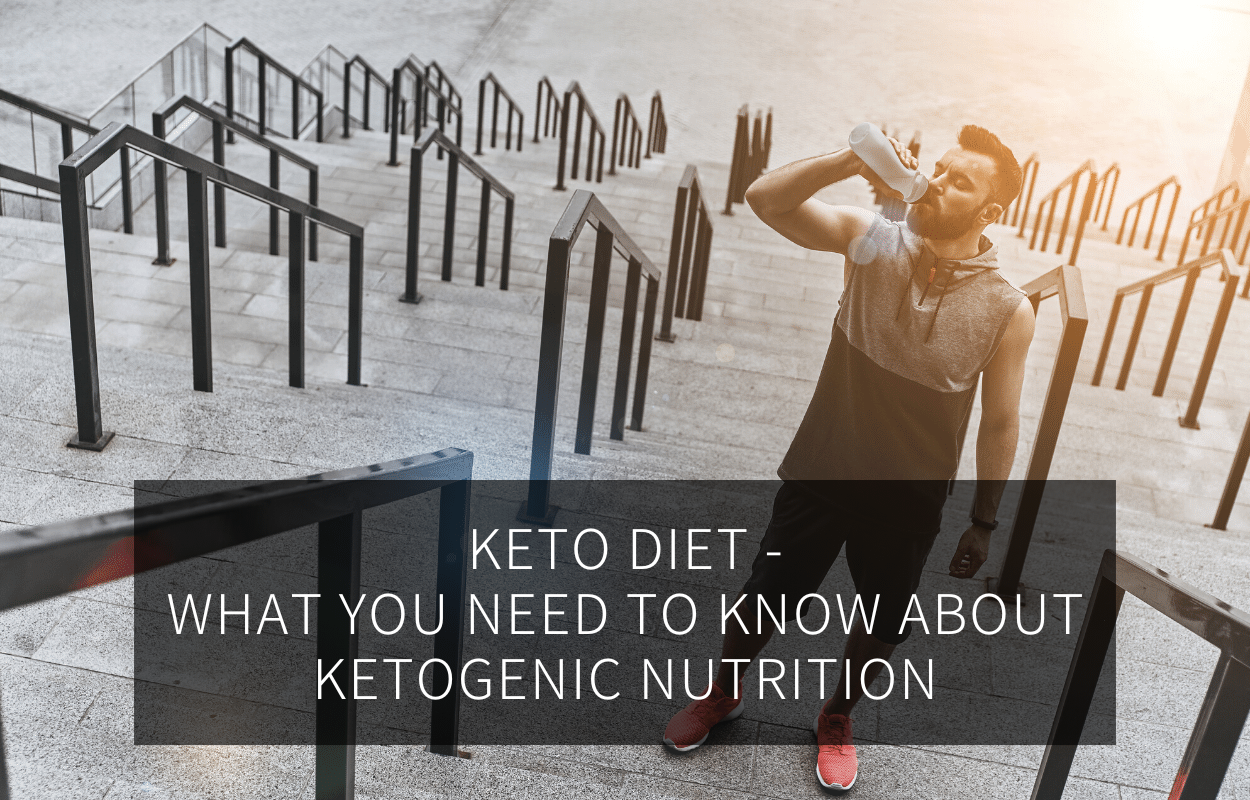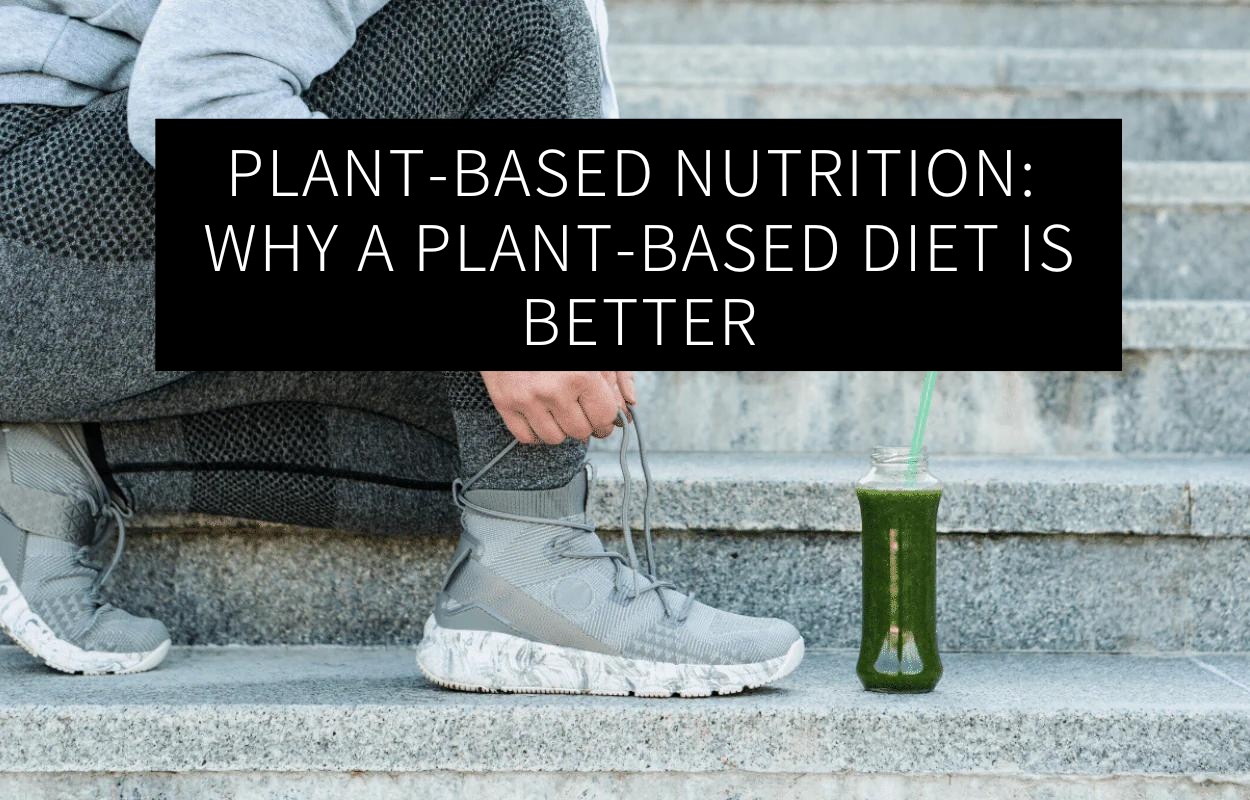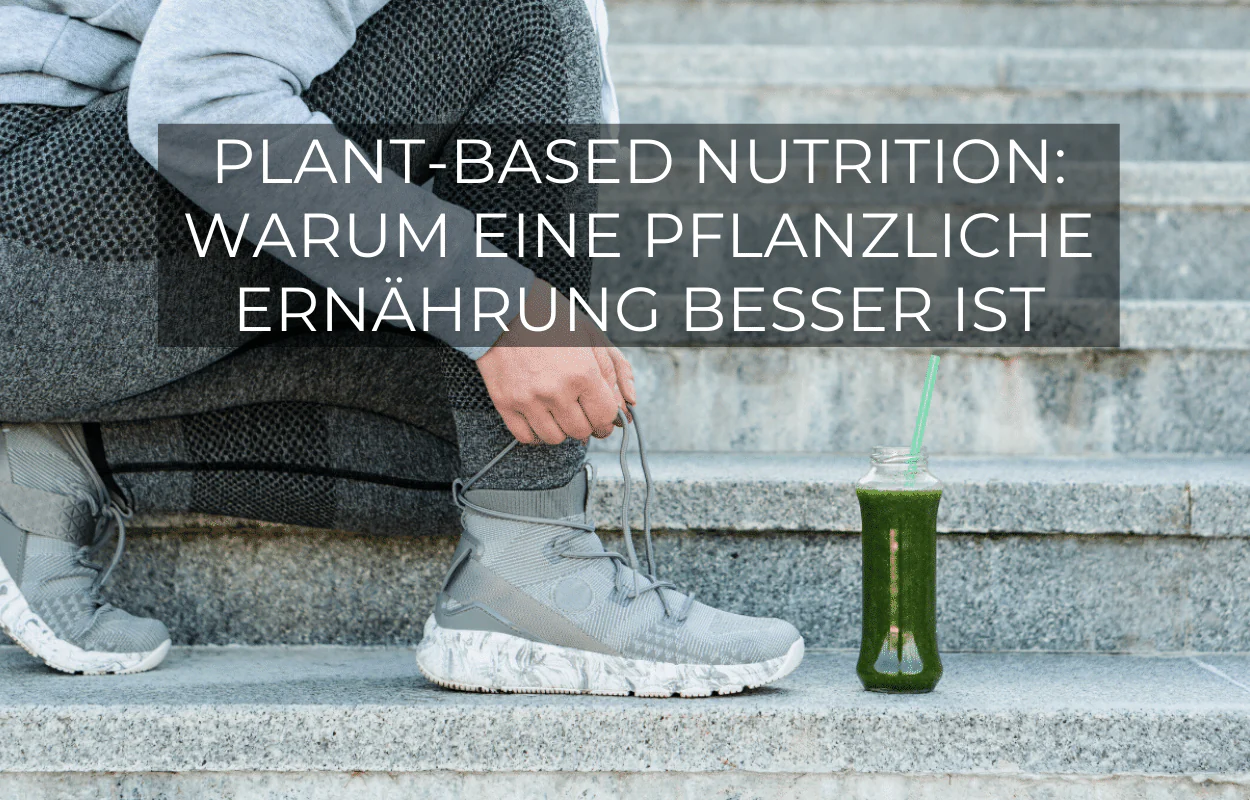Do you know the feeling when the scale suddenly shows a few extra pounds even though you haven’t eaten excessively? For people who want to lose weight, the excess weight on the scale can be a real blow. If you’re also among those desperately looking for a diet that actually leads to success, you should give the ketogenic diet a try. The basis of the diet consists of healthy fats and high-quality proteins, while drastically reducing carbohydrates and transforming your body into a fat-burning machine.
1. What Does the Keto Diet Mean?
Many people who hear the word ketosis for the first time initially look somewhat incredulous. What does it actually mean to follow a ketogenic diet and what are the advantages of this nutrition?
The keto diet is gaining popularity among more and more people in Germany, and there are numerous examples showing that you can burn more fat by adjusting the knobs of your nutrition. Biohackers also use the ketogenic diet to boost their cognitive performance and keep their brains running at full speed.
So, following a ketogenic diet can have many advantages. Let’s now reveal the specific benefits.
2. How Does the Keto Diet Work?
In a ketogenic diet, the nutrient distribution typically looks as follows:
- 75% healthy fats
- 20% proteins
- 5% carbohydrates
As you can see, the ketogenic diet involves a very low percentage of carbohydrates, while simultaneously increasing the fat intake, which initially seems highly questionable to most people. A diet consisting of 75% fat cannot be healthy, can it?
On the contrary, it is more about the type of fat you consume. Your body can use healthy fats as an energy source to compensate for the deficit in carbohydrates. This is where ketosis comes into play. Ketosis is the process of generating energy by burning fat.
While your body normally burns carbohydrates (glucose) to obtain energy, in a ketogenic state, it converts fat into ketones.
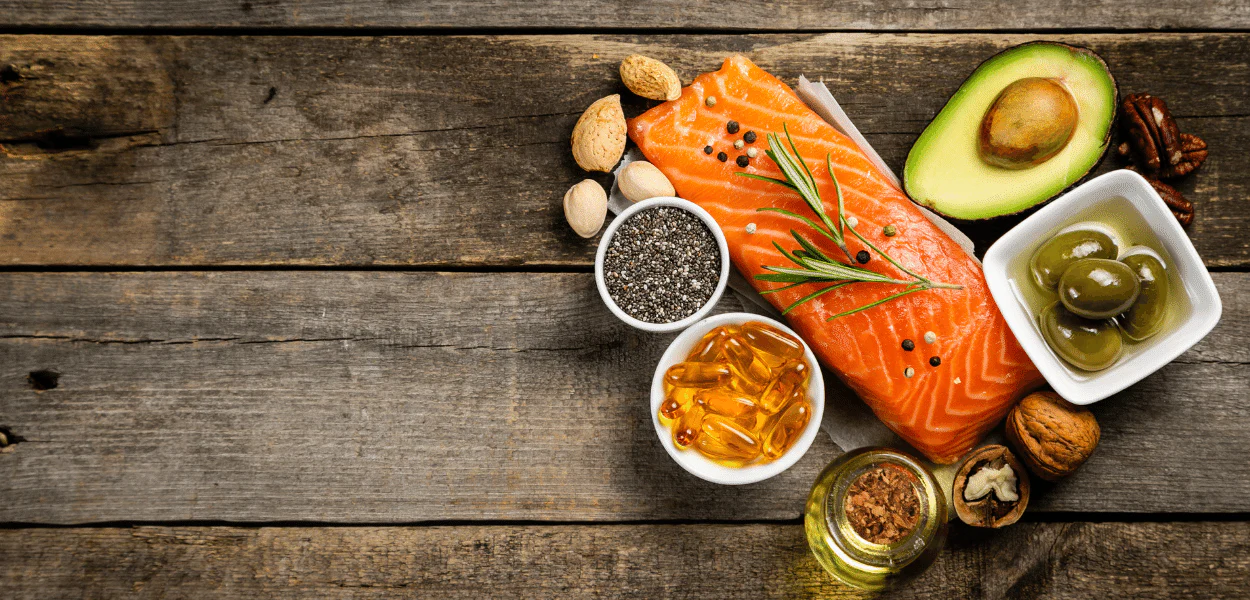
3. What Are the Benefits of the Ketogenic Diet?
When you follow a ketogenic diet, you can enjoy several benefits. One of the biggest advantages of the keto diet is that it allows for effective weight loss. With a conventional diet that primarily consists of carbohydrates, this is only moderately effective because your body simply stores the excess carbohydrates as fat for lean times. Let’s take a look at the benefits:
A: You Burn Fat
Thanks to ketosis, your body is forced to use its own fat reserves as the primary source of energy, allowing you to lose weight faster. Additionally, the high-fat diet keeps you feeling fuller for longer because your body releases the peptide hormone cholecystokinin.
B: You Have More Energy
Fat not only provides more energy, but the energy boost also lasts longer. Through ketosis, your body can produce a significantly higher number of mitochondria, which can positively impact energy production. Did you know that the brain primarily derives its energy from fats? That’s why biohackers prefer to follow a ketogenic diet to boost cognitive performance.
C: You Have Less Appetite
You already know that the ketogenic diet suppresses hunger. It has another advantage: Due to the high proportion of fats and proteins, it keeps your insulin levels stable, preventing sugar-induced cravings. Since insulin levels remain constant, the diet can also help prevent (or support the treatment of) diabetes (type 2).
Currently, it is believed that the diet can have many additional health benefits. For example, it may lower cholesterol levels, reducing the risk of cardiovascular diseases.
4. Ketogenic Foods: What Can You Eat?
When following a ketogenic diet, you largely avoid foods that contain carbohydrates (sugar). Therefore, pasta, bread, legumes, sweets, soft drinks, juices, potatoes, and rice should be absolutely off-limits. Ketogenic foods primarily consist of healthy fats, which you complement with high-quality proteins and a minimum amount of carbohydrates (low-carb fruits).
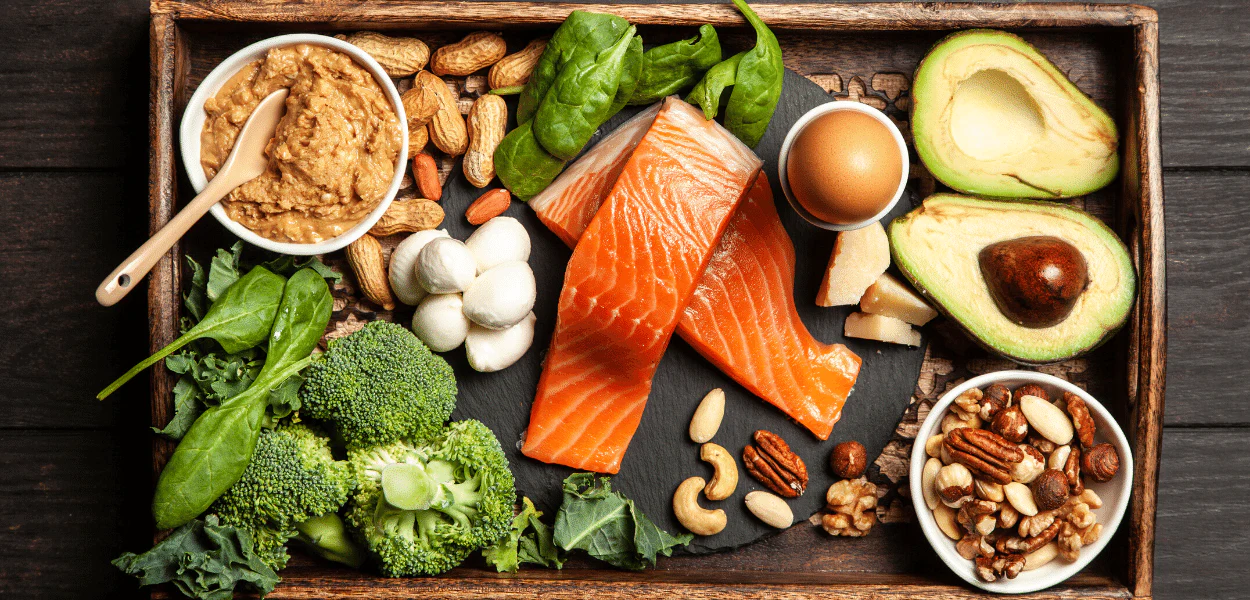
5. Ketogenic Foods: These Should Be on Your Menu:
A. Eat Plenty of Vegetables
Vegetables are an important source of vitamins, minerals, and trace elements. They also provide satiety due to their fiber content. Moreover, they contain very few calories and can be consumed without guilt. Broccoli, asparagus, cucumbers, and spinach are particularly ideal in this regard, following the motto: „Meet the pure.“ However, you should avoid potatoes, sweet potatoes, pumpkin, and parsnips as these foods contain a bit more carbohydrates.
B. High-Quality Proteins
Proteins make up only a small portion of the diet. You can consume lean meats (chicken, beef), fish, eggs, tempeh, and seitan. You can also use butter (ghee) and dairy products such as cheese, yogurt, and sour cream in your cooking.
C. Healthy Fats
Healthy fats are essential and serve as an energy source, making up a large part of the diet. Particularly valuable are polyunsaturated fatty acids, including omega-3 and omega-6 fatty acids. Therefore, fish such as mackerel, salmon, herring, and tuna should appear on your plate more often. Healthy fats are also found in avocados, nuts (walnuts), seeds (flaxseeds), and their oils.
Did you know that coconut oil is the perfect source of energy? It consists of medium-chain triglycerides (MCTs) that your body can convert directly into ketones and utilize for energy. Any excess is simply stored in the liver.
6. Conclusion: The Keto Diet Offers Many Benefits
When you follow a ketogenic diet, it can not only be beneficial for your health but also have a positive impact on your body by burning fat instead of carbohydrates. By increasing your consumption of fats, supplemented with high-quality protein, you experience less hunger and no longer have cravings due to stable insulin levels.
